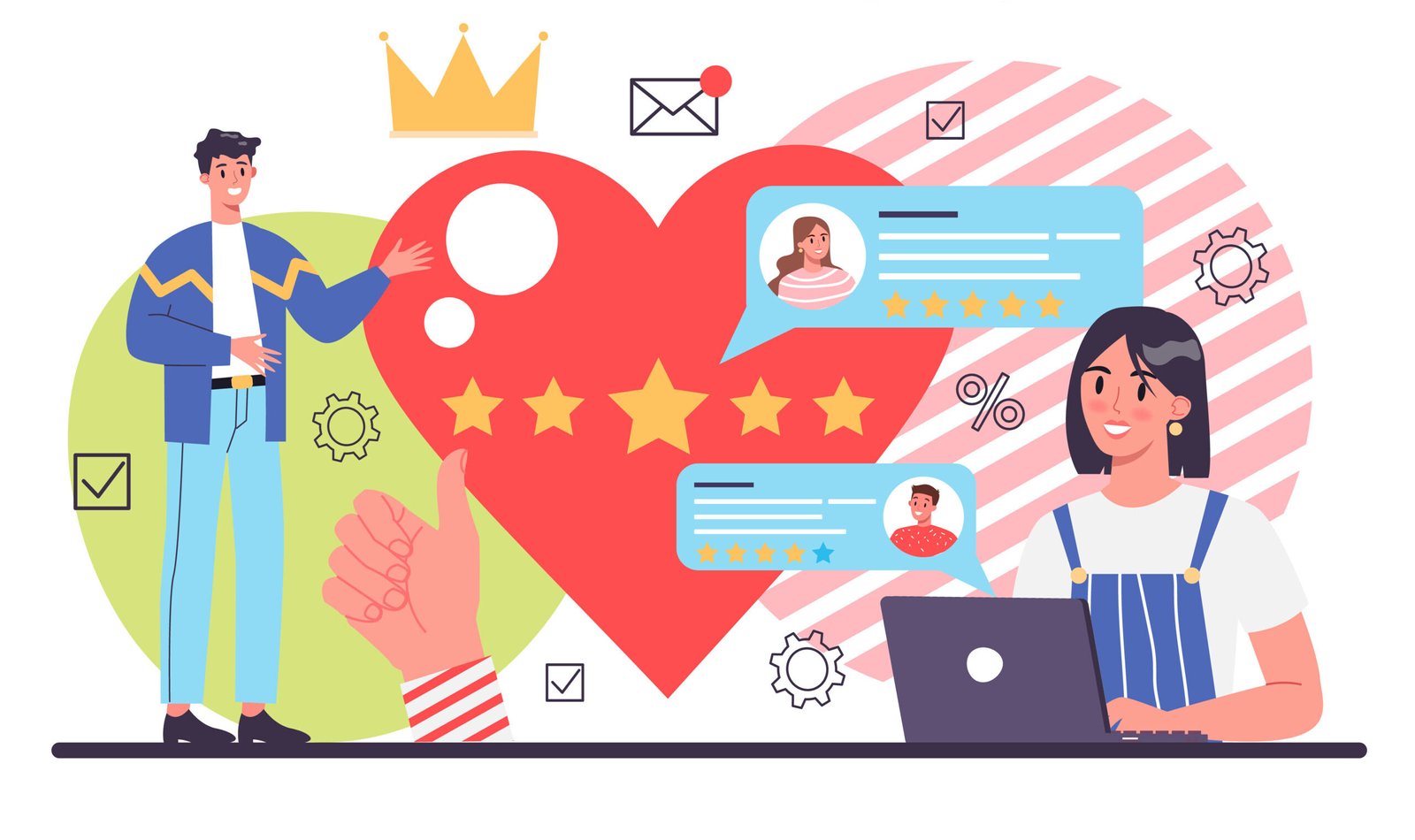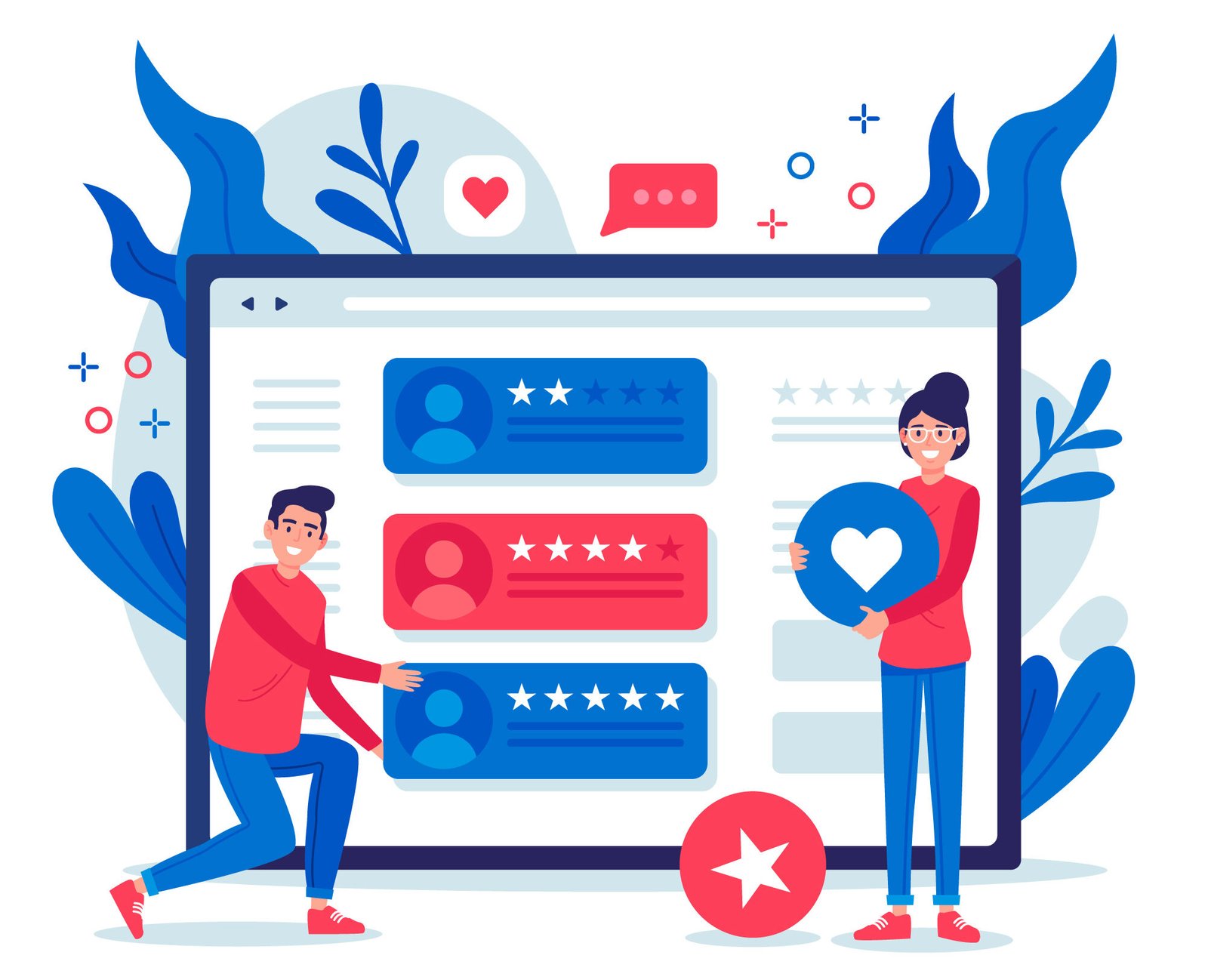Customer engagement is much more than simply a marketing buzzword in today’s digital marketplace. This piece showcased how thoughtful engagement can help turn casual shoppers into loyal brand supporters. Effective business building depends on forming connections that perform better than competitors who focus only on transactions.
Successful ecommerce brands know emotional bonds build customer loyalty better than any price alone. These connections grow through customized experiences, quick customer service, and community activities.
The best loyalty strategies mix customization, simple rewards programs, and useful feedback systems. Customers value brands that listen and improve based on their input, while measuring both engagement metrics and retention rates helps understand how these efforts affect the bottom line.
Ecommerce will definitely keep evolving, but customer engagement loyalty stays crucial. Brands that encourage real connections while delivering great experiences will succeed despite market changes. Customers naturally choose businesses that understand and appreciate them.
Success demands authentic engagement at every customer touchpoint. Each interaction offers a chance to build stronger relationships rather than just complete sales. Companies that embrace this approach create unwavering loyalty, leading to sustained growth and profits in the competitive ecommerce world.



